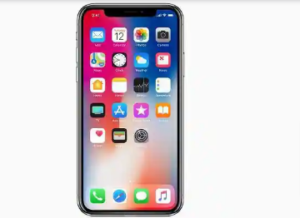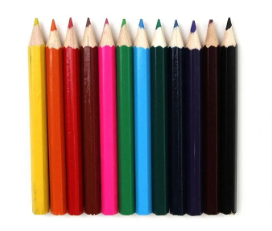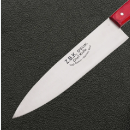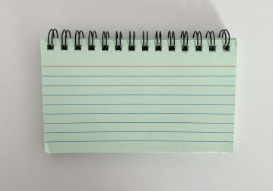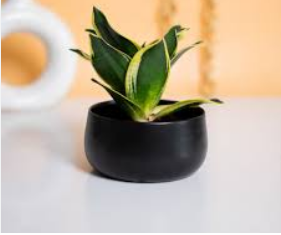Have you ever found yourself trying to visualize a measurement and wondering, “What is 6 inches long?” Understanding common objects That are 6 Inches long can provide valuable context for everyday tasks, from crafting to shopping online.
In this article, we will explore seven everyday items that are approximately 6 inches in length, giving you a practical reference point for this measurement. Whether you’re a student, DIY enthusiast, or just curious, this guide will provide the clarity you need.
7 Common things That are 6 Inches long
1. Dollar Bills
One of the most universally accessible items that measures close to 6 inches is a standard U.S. dollar bill. While not exactly 6 inches long, it comes very close, measuring approximately 6.14 inches in length. Here are some key facts:
- The exact dimensions of a U.S. dollar bill are 6.14 inches by 2.61 inches.
- It’s a handy reference tool for quick measurements when a ruler isn’t available.
- If you’re outside the U.S., other currency bills may also have similar dimensions, making them equally useful for this purpose.
2. Smartphone Screens
Many smartphones on the market today feature screens that measure around 6 inches diagonally. While the size varies between models, here are a few examples:
- iPhone 12 and 13 models have screens measuring 6.1 inches diagonally.
- Mid-range Android phones, such as the Samsung Galaxy A-series, often fall within the 6-inch range.
- Smartphone screens provide a relatable comparison, as most people use these devices daily.
3. Pencils
A standard unsharpened pencil is typically around 7.5 inches long. However, when sharpened and used, it often reduces to about 6 inches. Here’s why pencils make a great reference:
- They’re common in schools, offices, and homes.
- The familiar shape and size make them easy to visualize.
- Next time you’re estimating 6 inches, think about a well-used pencil!
4. A Standard Kitchen Knife Blade
Many kitchen knives, especially paring knives and smaller utility knives, feature blades that are approximately 6 inches in length. Some details to consider:
- A 6-inch knife is versatile for tasks like chopping vegetables or slicing fruits.
- It’s a standard size found in most knife sets.
- This can be a handy reference when cooking or shopping for kitchen tools.
5. Index Cards
The widely used 4×6-inch index card is another excellent example. While these cards are 6 inches on their longer side, they’re commonly used for:
- Note-taking and flashcards.
- Visualizing space for small projects or designs.
- Their prevalence in classrooms and offices makes them a convenient comparison for 6 inches.
6. Bread Loaf Slices
The average slice of sandwich bread measures close to 6 inches in length. Key points to note:
- While the exact size can vary by brand, most standard slices are roughly 5.5 to 6 inches long.
- Bread slices are a relatable household item for nearly everyone.
- This everyday staple can serve as an easy mental reference when estimating measurements.
7. Small Planters or Flower Pots
Many small planters and flower pots, especially those used for succulents or herbs, have a diameter or height of approximately 6 inches. Why this matters:
- 6-inch planters are common in gardening stores and online retailers.
- They’re ideal for small plants like basil, mint, or decorative succulents.
- These planters are an excellent tool for understanding the size and scale of 6 inches.
Bonus: How to Visualize 6 Inches Without a Ruler
If you don’t have any of the above items handy, here are a few tips:
- Use your hand: The average adult hand measures about 6-7 inches from the base of the palm to the tip of the middle finger.
- Fold a standard sheet of paper: An 8.5×11-inch paper folded in half lengthwise creates a segment close to 5.5 inches, which is nearly 6 inches.
Q: How long is 6 inches?
Q1: How long is 6 inches in centimeters?
A: 6 inches equals 15.24 centimeters.
Q2: How long is 6 inches compared to everyday objects?
A: 6 inches is about the length of a dollar bill, a large smartphone, or a submarine sandwich (half a foot long).
Q3: Is 6 inches the same as half a foot?
A: Yes, 6 inches is exactly half a foot.
Q4: How big is 6 inches visually?
A: Imagine the length of a pencil case, a tablet device, or the width of a standard piece of paper folded in half.
Q5: How can I measure 6 inches without a ruler?
A: You can use a standard US dollar bill (which is 6.14 inches long) as a quick measuring guide.
Q6: What is 6 inches in millimeters?
A: 6 inches equals 152.4 millimeters.
Conclusion
Understanding what measures 6 inches can be surprisingly useful in daily life. From dollar bills to smartphone screens, these items offer convenient reference points that are both practical and relatable. Next time you’re estimating measurements, think back to these examples to gain a clearer perspective.
If you found this guide helpful, share it with friends or bookmark it for future reference. For more insightful articles, visit our blog we’re here to make everyday tasks simpler and more enjoyable!
this is tool Convert Inches to cm, mm, feet



